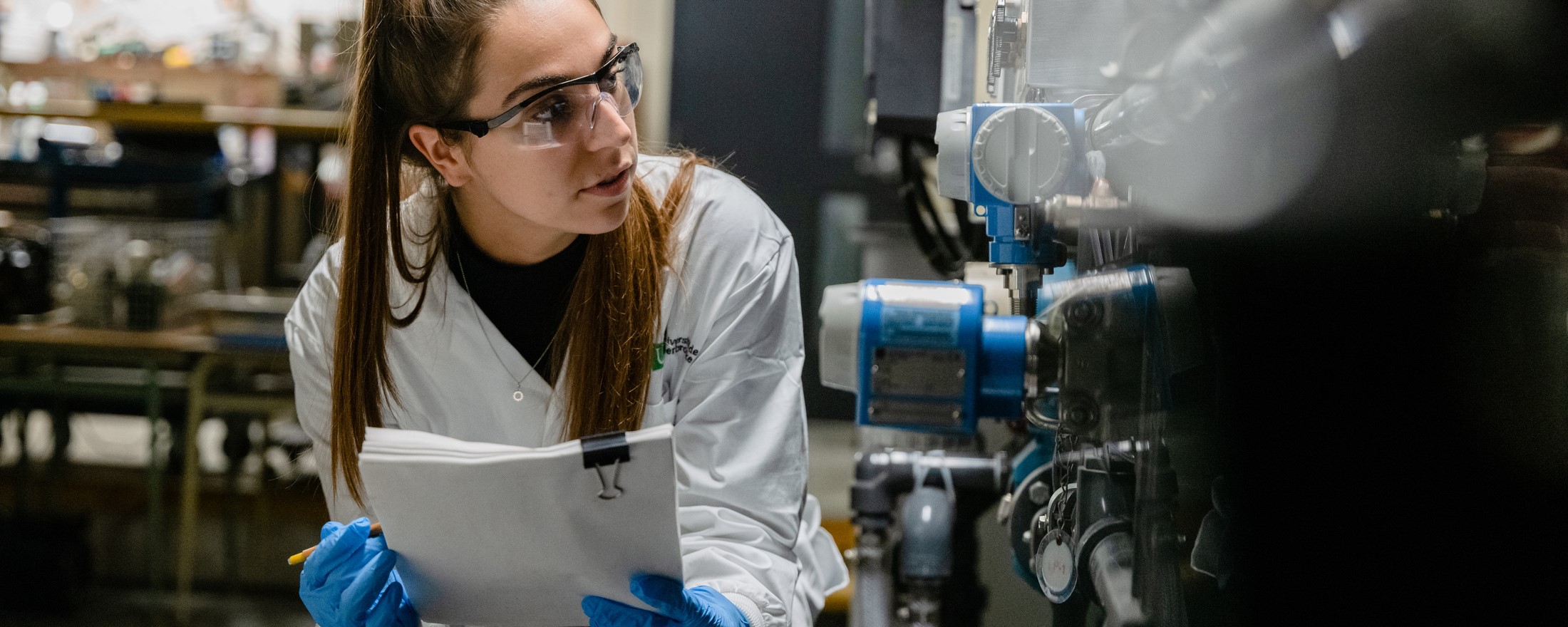Development of a biomedical plasmonic device for real-time monitoring of micro-ANRs and inflammatory markers: the EPI-STORM device!
Overview
- RESEARCH DIRECTION
- Michael Canva, Professeur associé - Department of Electrical and Computer Engineering
- RESEARCH CO-DIRECTION
- Paul G. Charette, Professeur - Interdisciplinary Institute for Technological Innovation
- ADMINISTRATIVE UNIT(S)
-
Faculté de génie
Département de génie électrique et de génie informatique
Institut interdisciplinaire d'innovation technologique (3IT)
- LEVEL(S)
- 3e cycle
- LOCATION(S)
- 3IT - Institut interdisciplinaire d'innovation technologique
Project Description
In organ donation, many factors come into play regarding the success of transplantation in a recipient. In particular, when a donor dies, a strong inflammatory response occurs, leading to high levels of TNF-alpha (tumor necrosis factor, a cytokine), which degrades the quality of donated organs and also requires the recipient to take a broad spectrum of drugs to avoid rejection. Our project is based on a personalized approach to the treatment and regulation of TNF-α and micro-ANR (TNF-alpha precursor, less than 25 nucleotides) levels using a plasmonic nanostructured biochip [1-2] combined with a bedside instrumental system. Ultimately, this improvement in the quality of donated organs has great potential for limiting rejection and reducing transplant waiting lists. This highly innovative project will provide an opportunity for multidisciplinary work, from the design to using a plasmonic biosensor, with many scientific challenges. Strong interaction between colleagues, physicists, engineers, clinicians, and biochemists will be central to this project. It will enable the student, in addition to scientific skills, to have access to experts in each field for optimal supervision. Depending on the candidate's profile, the project will focus on one or other of the following aspects: • Conventional biochips: optimize LNA probes complementary to the project's new miRNAs in terms of limit of detection (LOD), selectivity, sensitivity, binding kinetics, and regeneration; set up regeneration by photoisomerization on the probe/target pair using azobenzene molecules integrated into the probe [3]; develop antibody biochips specific to TNF-alpha [4]. • Biochemical amplification: finalize optimization of our gold nanoparticle (AuNP) sandwich amplification protocol; validate the procedure for new sequences; set up AuNP release to further increase LOD. Adapt procedure to TNF-alpha. • Amplification by biochip nanostructuring: validate the compatibility of our nanofabrication protocols for gold nanodots buried in silica [5] with the surface chemistry already developed; characterize the efficiency of this amplification; combine the two amplification methods; optimize our electrochemical biochip cleaning protocol to enable reuse. • Working in complex media: add a passivation step to enable working in complex media (plasma); test biochips with patient samples supplied by our partners. • Use in real-life conditions: consider microfluidic, portable, and real-time data processing aspects to enable this biomedical device to be used in hospital environments. Requirements: Student with a Master's degree (Master 2 in France) in biology, biochemistry, or nanoscience, interested in biosensors. Dynamic, he/she must demonstrate scientific rigor and curiosity to complete this multidisciplinary project successfully. The PhD student will be interested in experimental work, most of which will be carried out within the LN2 and 3IT biophotonics teams at the Université de Sherbrooke. This project will be carried out in collaboration with Julien Moreau of the Charles Fabry Laboratory in France. A stay in France or even a cotutelle will be considered. Application: Please enclose CV, cover letter, transcripts for the last two years, and two letters of reference. 1. Banville FA et al. Spatial resolution versus contrast trade-off enhancement in high-resolution surface plasmon resonance imaging (SPRI) by metal surface nanostructure design. Opt Express. 2018;26(8):10616-10630, <10.1364/OE.26.010616>. 2. Mannelli I et al. Surface plasmon resonance imaging (SPRI) system and real-time monitoring of DNA biochip for human genetic mutation diagnosis of DNA amplified samples. Sens Actuators B Chem 2006;119(2):583-591, <10.1016/j.snb.2006.01.023>. 3. Kuzyk, A. et al. Light-Driven Three-Dimensional Plasmonic Nanosystem That Translates Molecular Motion into Reversible Chiroptical Function. Nat. Commun. 2016, 7 (1), 10591, <10.1038/ncomms10591>. 4. Abe K et al. Simultaneous Immunoassay Analysis of Plasma IL-6 and TNF-α on a Microchip. PLoS ONE 8, no 1 (janvier 2013): 1 8. <10.1371/journal.pone.0053620>. 5. Bryche J.-F. et al. Spatially-Localized Functionalization on Nanostructured Surfaces for Enhanced Plasmonic Sensing Efficacy. Nanomaterials 2022, 12 (20), 3586, <10.3390/nano12203586>.
Discipline(s) by sector
Sciences naturelles et génie
Génie électrique et génie électronique
Funding offered
Yes
$ 26 000
Partner(s)
Laboratoire Charles Fabry - IOGS - Paris - France
Liens complémentaires
The last update was on 29 April 2024. The University reserves the right to modify its projects without notice.
